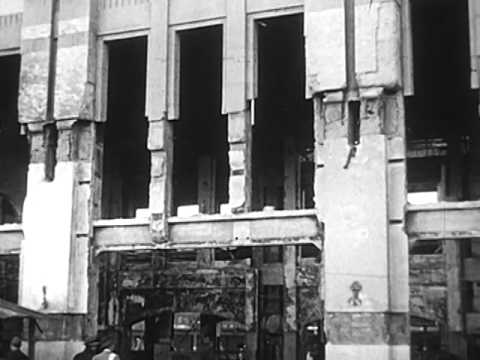Much has been said and written about the decision to use the atomic bomb and drop the first on Hiroshima. But there has been relatively little discussion of the decision to bomb Nagasaki just three days later. In a 2015 article in the New Yorker, “Nagasaki: The Last Bomb”, Alex Wellerstein notes several little-known details of that attack.
First, the primary target for the second bomb was Kokura, not Nagasaki.
When Bockscar arrived over Kokura, at 10:45 a.m. , the crew found that the arsenal was “obscured by heavy ground haze and smoke,” according to the weaponeer’s flight log.
As the crew had been instructed to only bomb visually, they proceeded to the alternate target, Nagasaki, which had not been included in the original list of four targets.
Years after the bombing, General Leslie Groves, the micromanaging head of the Manhattan Project, admitted that he had never been able to figure out exactly when or why Nagasaki “was brought into the picture.”
⋮
Nagasaki was never reserved. In fact, it was bombed conventionally no fewer than four times before the Fat Man was dropped, including a little more than a week before Operation Centerboard II began. The city was not added to the list until the day before it was finalized.
Upon arriving at Nagasaki, it was obscured by clouds as well.
Nagasaki had clouds, too. It was the bombardier’s twenty-seventh birthday, and as Bockscar made its way over the city he searched for an opening. The prescribed aiming point was the Mitsubishi Steel and Arms Works, which covered an area about half a mile long and a quarter of a mile wide at the mouth of a valley, along an inlet from the ocean. “I got it! I got it!” he suddenly shouted.
But did he really see the target, or drop the bomb by radar, knowing that the alternative would be to ditch it in the ocean?
Did the bombardier actually see his target? Postwar recollections are uncertain. The physicist and future Nobel Prize laureate Luis Alvarez, who was an observer on the Hiroshima mission, later wrote that he always took the story about the last-minute hole in the clouds “with a grain of salt,” noting that the errors in placing the bomb were similar to those that occurred with radar bombing.
President Truman not only did not explicitly order the second bombing, he appears to have been surprised by it.
President Truman seems to have been surprised by the second bombing, coming as it did so soon after the first. Intercepted Japanese reports of the damage on the ground at Hiroshima were just trickling in to American officials. Truman, who had written in his diary in late July that “military objectives and soldiers and sailors” were the target of the atomic bomb, “not women and children,” apparently confronted the reality of the weapon for the first time.
On 2022-08-08, Alex Wellerstein noted on Twitter:
The original planned schedule was one atomic bomb on August 3rd, another on August 10th. But bad weather pushed the first to August 6th (Hiroshima), and an unfavorable forecast moved the second up to August 9th (Nagasaki).
Thus, the original schedule would have given the Japanese a week to react to the bombing of Hiroshima and the entry of the Soviet Union into the war two days later, but the constraints of weather caused the two bombs to be dropped only three days apart.
